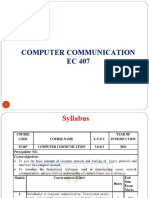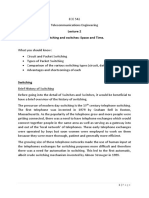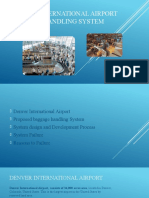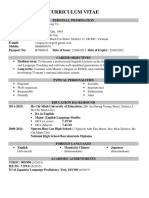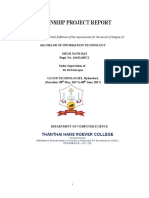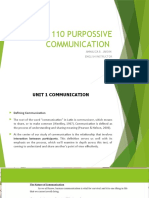0% found this document useful (0 votes)
6 views24 pagesLecture 4
The document discusses data transmission modes in computer networking, highlighting three types: Simplex, Half Duplex, and Full Duplex, each defining the direction of data flow. It also explains network switching, detailing connectionless and connection-oriented methods, including circuit switching, packet switching, and message switching. Each switching method has its own characteristics and applications, particularly in voice communications and data transfer.
Uploaded by
memorer494Copyright
© © All Rights Reserved
We take content rights seriously. If you suspect this is your content, claim it here.
Available Formats
Download as PPTX, PDF, TXT or read online on Scribd
0% found this document useful (0 votes)
6 views24 pagesLecture 4
The document discusses data transmission modes in computer networking, highlighting three types: Simplex, Half Duplex, and Full Duplex, each defining the direction of data flow. It also explains network switching, detailing connectionless and connection-oriented methods, including circuit switching, packet switching, and message switching. Each switching method has its own characteristics and applications, particularly in voice communications and data transfer.
Uploaded by
memorer494Copyright
© © All Rights Reserved
We take content rights seriously. If you suspect this is your content, claim it here.
Available Formats
Download as PPTX, PDF, TXT or read online on Scribd
/ 24


































